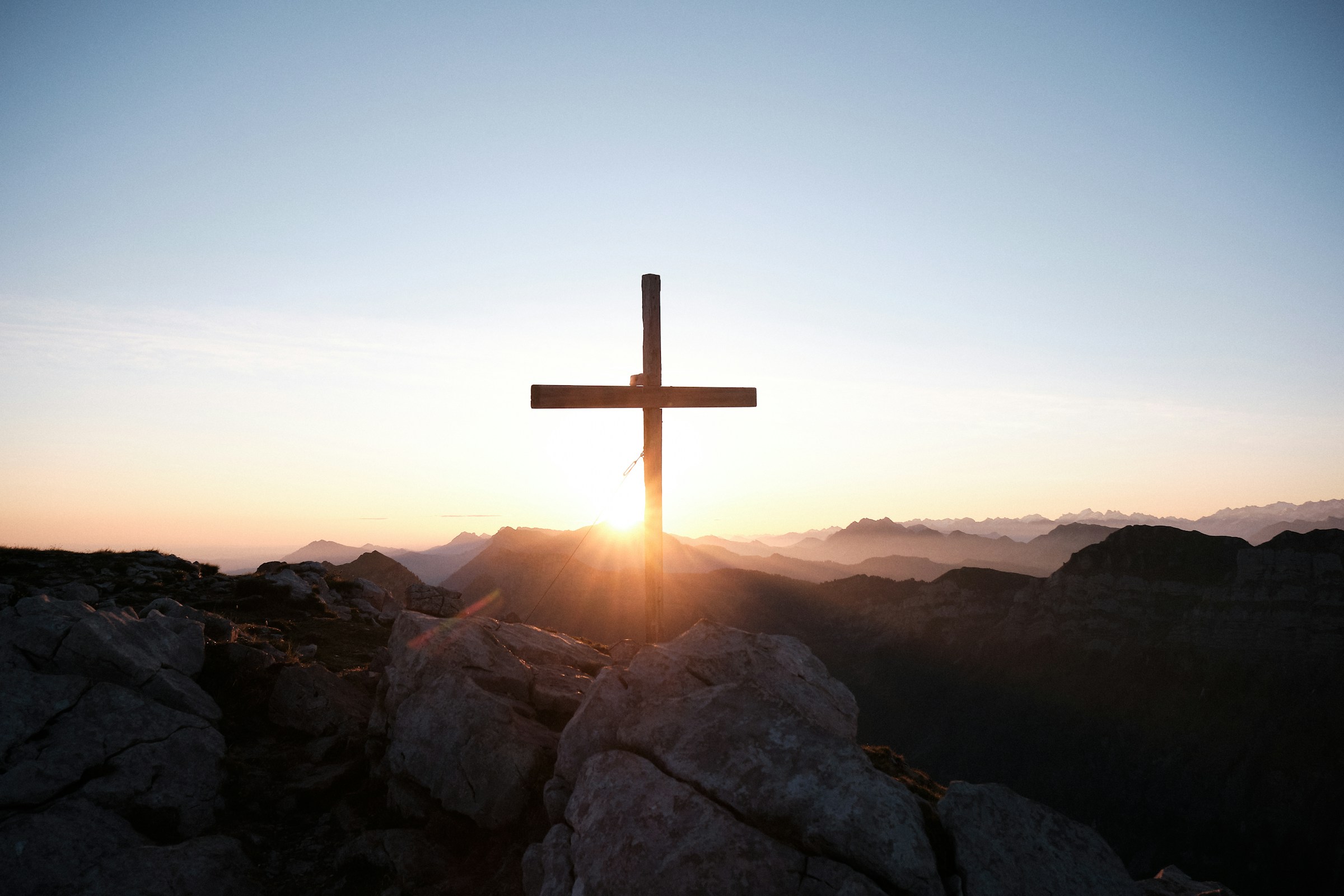Pilgrims cross dark stone and candle smoke to touch a place many hold at the center of redemption. The Church of the Holy Sepulchre gathers execution, burial, and resurrection into one complex where chants echo under a rebuilt dome and lines curl toward a small shrine that guards a first century tomb. Awe is real here, but so are questions. History, tradition, and archaeology meet, and at times collide, inside a few crowded rooms that feel heavier than the map suggests.
Church of the Holy Sepulchre
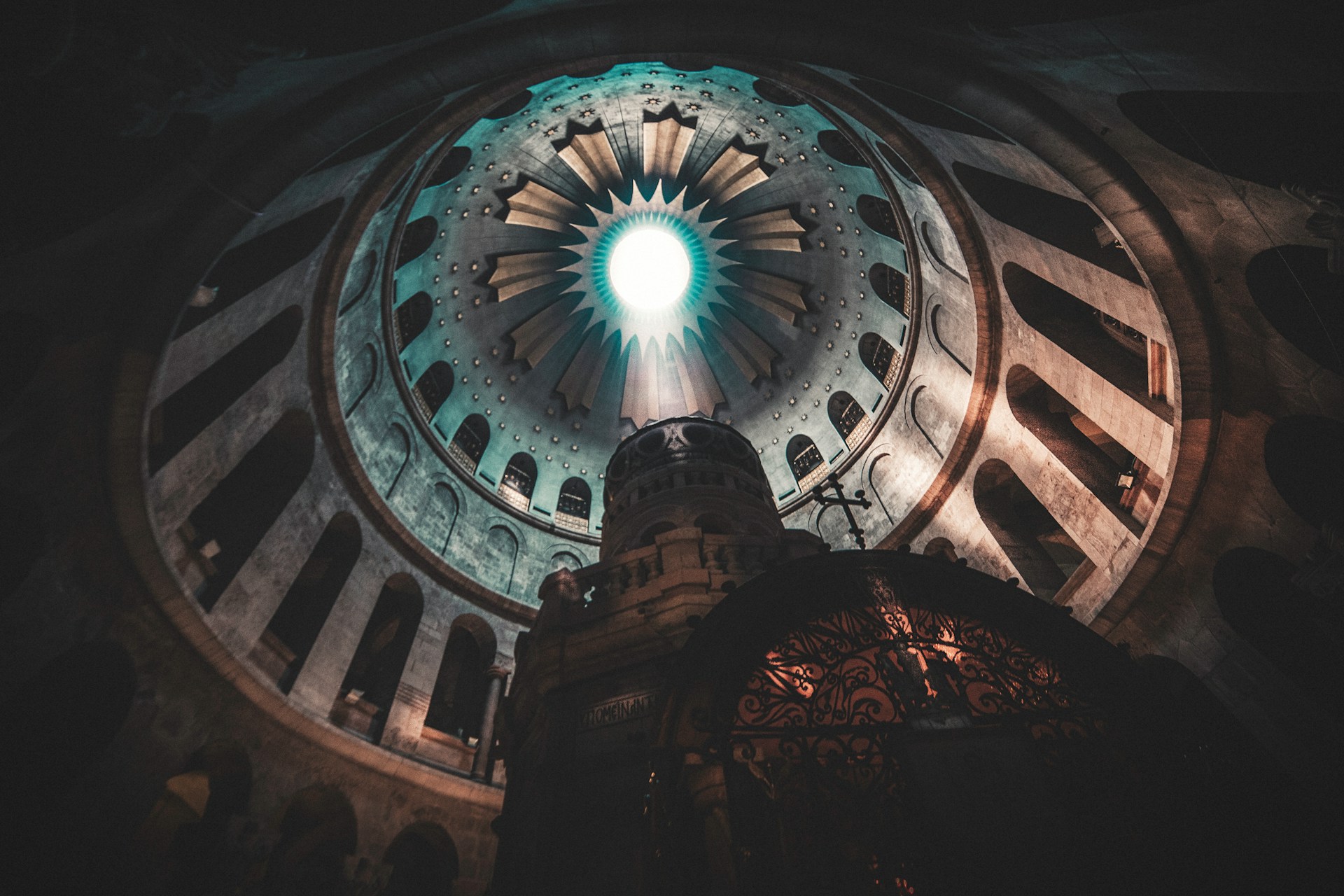
Most ancient churches venerate this site as the place of crucifixion and burial, first monumentalized by Constantine in 335. The complex sits in the northwest of the Old City and has survived fire, quake, and invasion, each time rebuilt with stubborn care. Inside, pilgrims climb to Calvary, pause at the anointing stone, and queue for the aedicule that shelters a rock hewn chamber. The claim has endured 17 centuries of worship and management, which itself is a form of evidence about memory that would not die.
Why This Hill
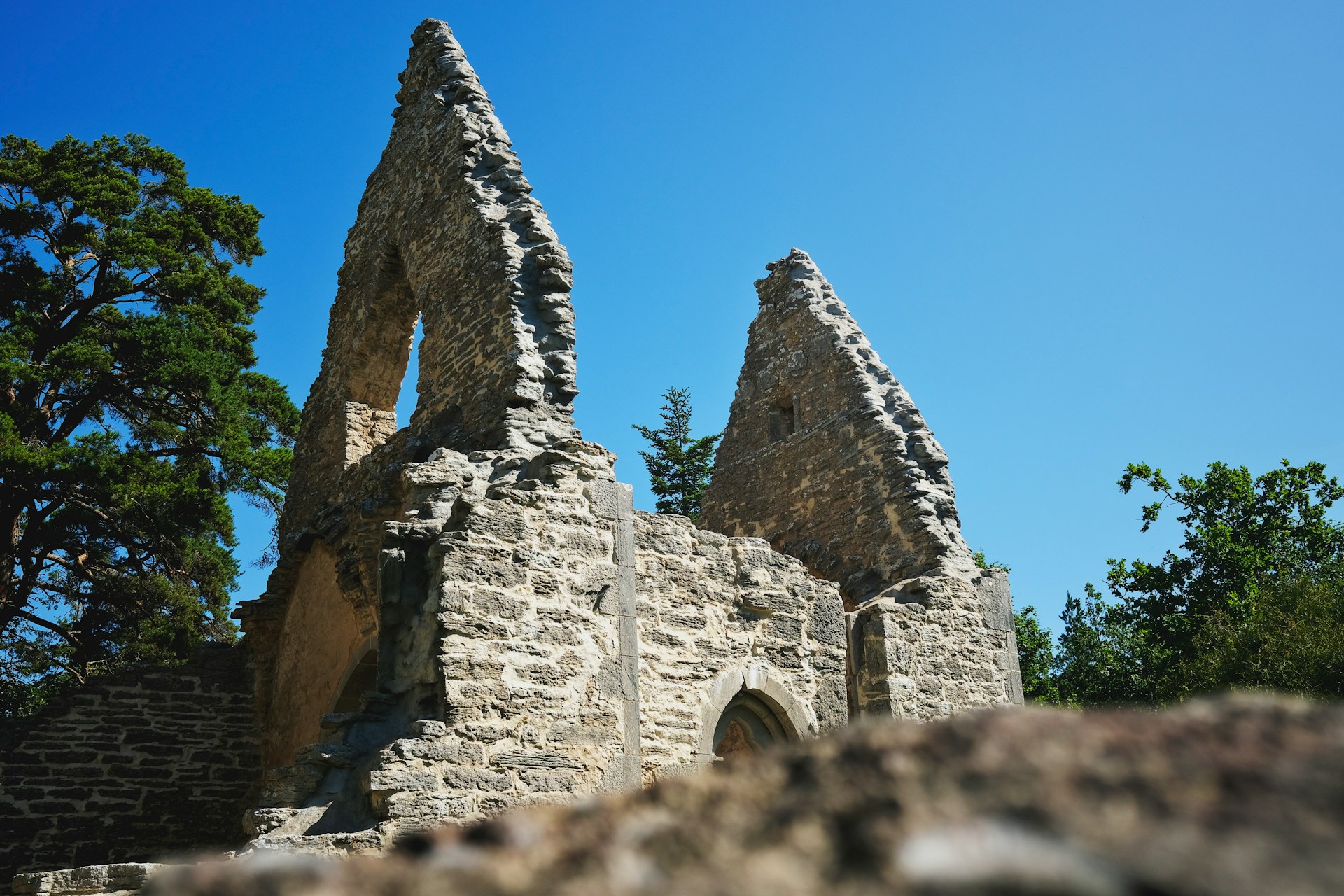
Early sources place crucifixions and burials outside city walls, which matches Roman custom and Jewish law. In the first century this ridge was likely beyond Jerusalem’s limits, a worked quarry later reused for family tombs. By Constantine’s era it sat inside Hadrian’s rebuilt city, yet local tradition still pointed here. That tension matters. Digging within then current walls only makes sense if a community guarded an older memory. The excavation uncovered tombs, reinforcing the idea that this ground already carried the right kind of silence.
The Outside the Walls Test

The gospels imply an execution beyond the gate, and Josephus describes a city ringed with burials. Ottoman ramparts confuse visitors, but they date to the 16th century and overshoot earlier lines. Reconstructing first century boundaries places this precinct beyond the city perimeter of Jesus’ time. That alignment does not prove authenticity, yet it clears a basic hurdle. A plausible tomb must fit the geography of death. Here, topography, quarry scars, and nearby burial cuts all speak the same language.
Rock Cut Tombs Underfoot
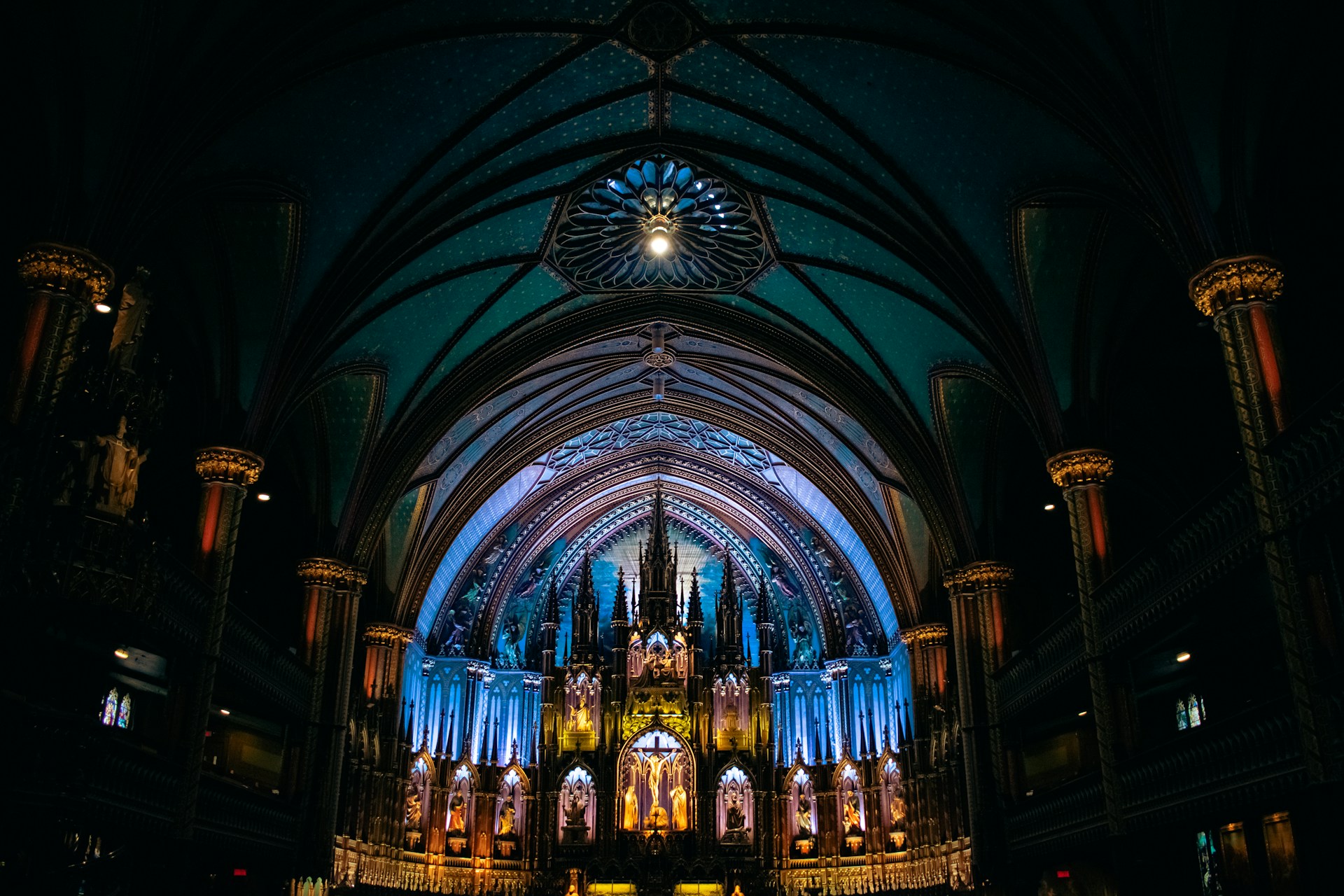
Near the rotunda a small Syrian Orthodox chapel preserves second temple era niches. Their form matches known practice, with bodies first laid in loculi and later gathered into ossuaries. The proximity suggests a cemetery zone once occupied the slope, later cut back and built over. Family tombs were multichambered communal spaces, not solitary shelves. The church stands inside that funerary landscape, which strengthens the case that a real first century tomb once stood where the shrine now concentrates the prayer of the world.
The Aedicule and Rotunda
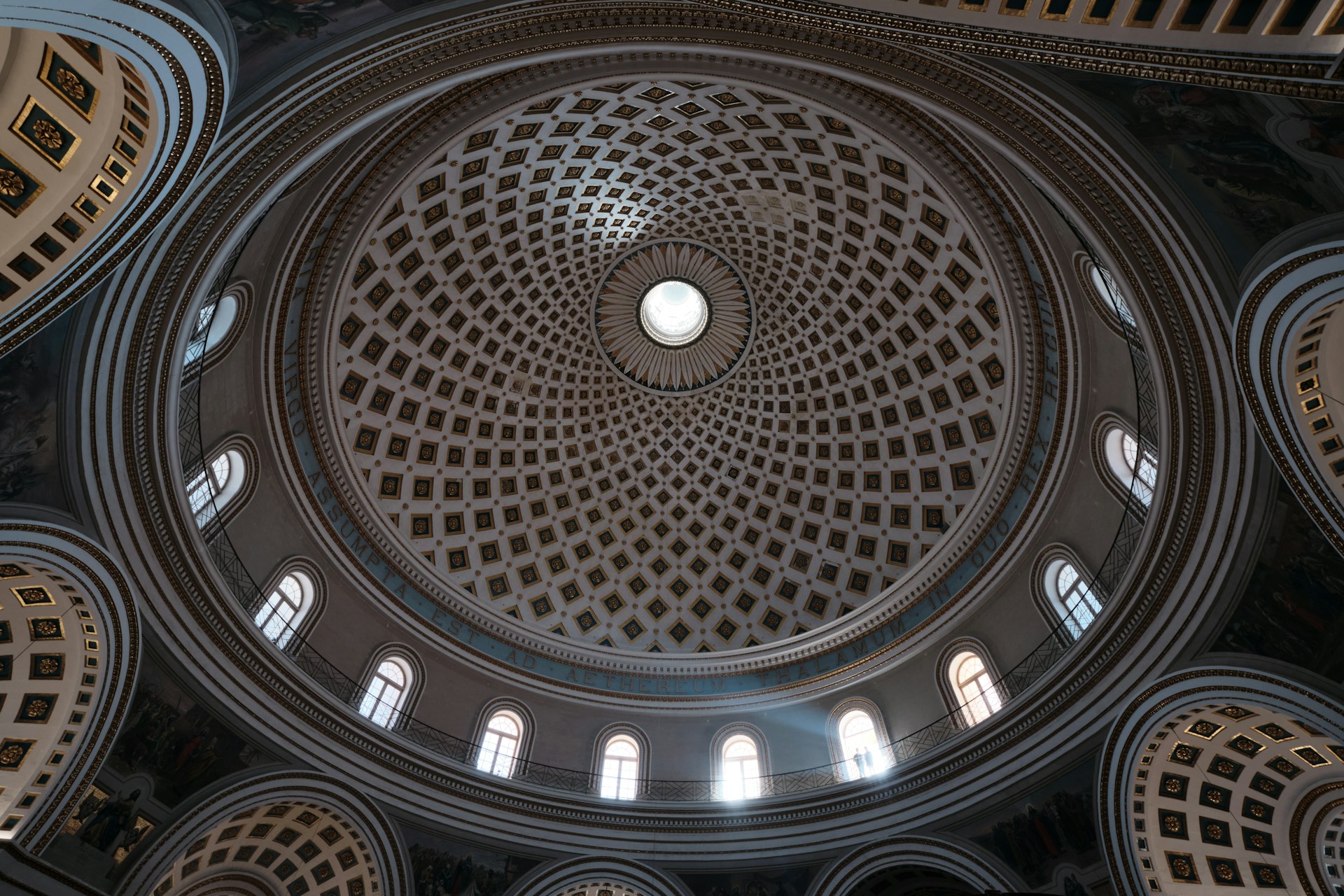
At the center of the rotunda a marble clad aedicule rises over a cramped chamber of ancient limestone. Restorations have peeled back plaster to reveal earlier masonry and a rock bed that anchors devotion to something physical. Pilgrims step through incense to kneel in a space hardly larger than a pantry, where time feels stacked rather than past. The structure has been rebuilt more than once, but its footprint keeps faith with the claim. Stone remembers differently than text, yet both point toward an emptied place.
Constantine and Macarius Dig
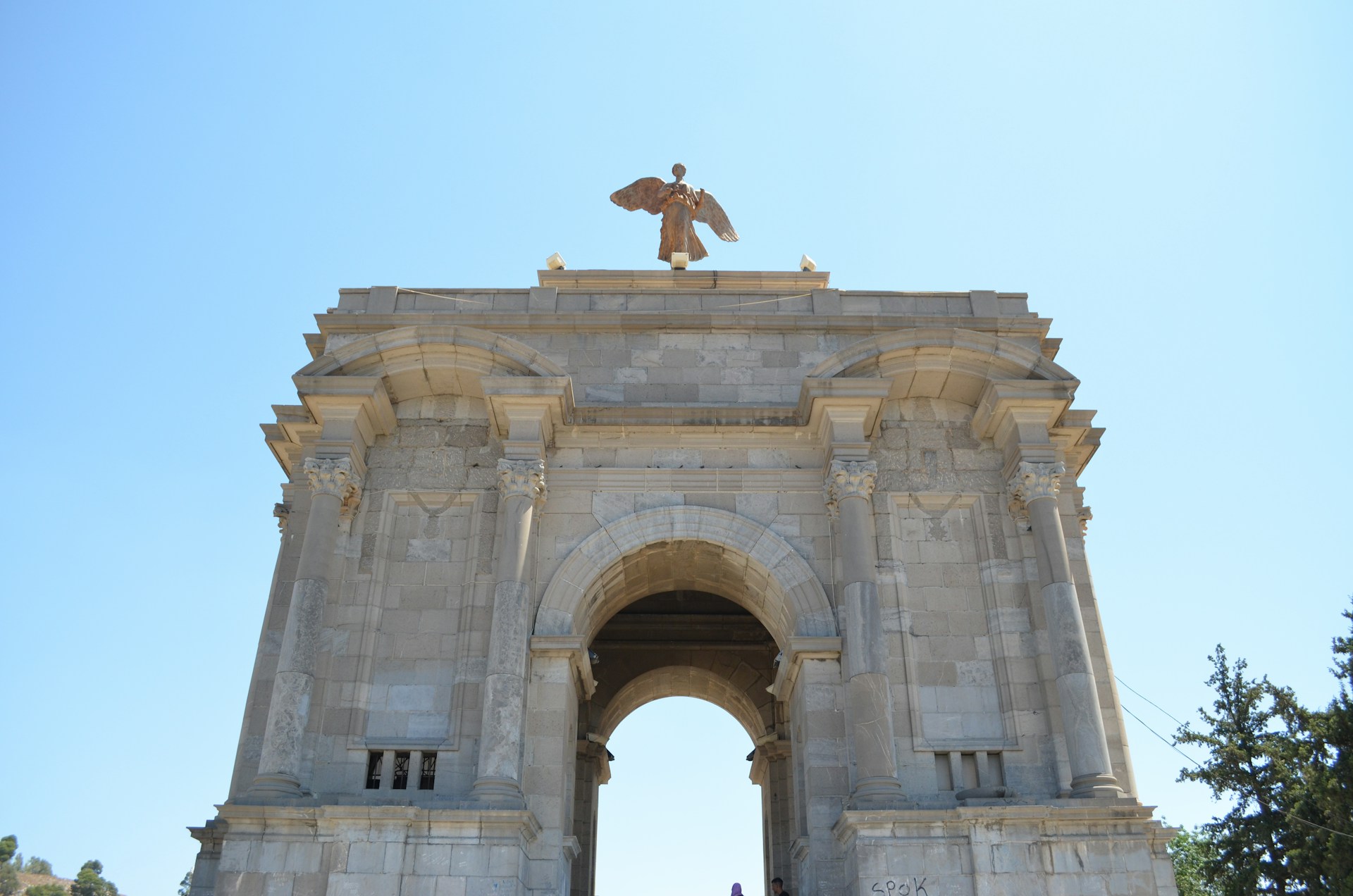
Our earliest account credits Bishop Macarius, backed by Constantine, with clearing a Roman temple and excavating here. The historian Eusebius describes the discovery of a venerated tomb and a swift decision to build. Later writers give Helena a role, but the first testimony stresses local leadership and imperial permission. The speed and certainty frustrate modern readers, yet they likely reflect a living tradition that outlasted war and redesign. A new basilica rose because an old memory refused to fade.
Hadrian’s Temple Layer
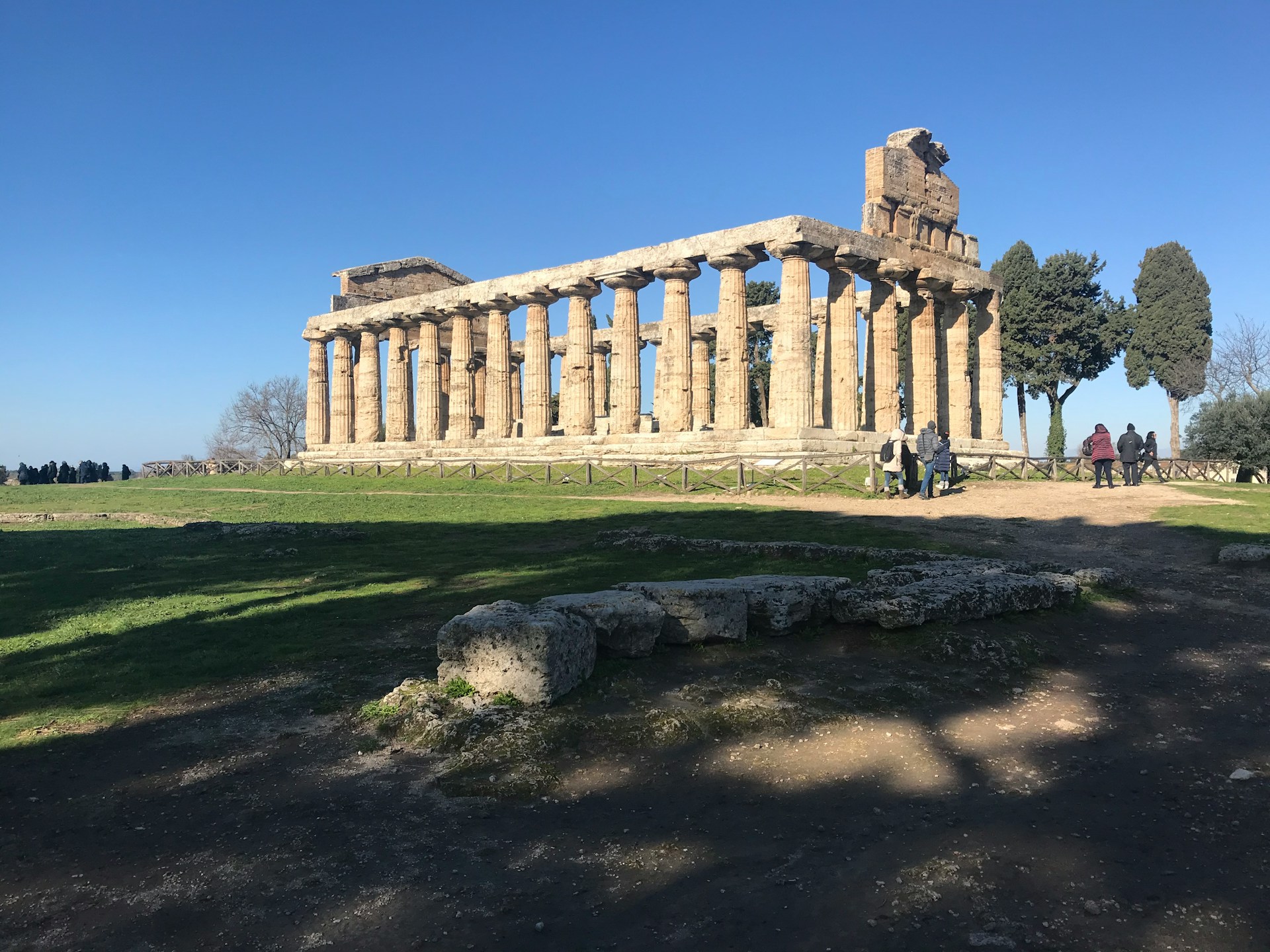
After 135, Hadrian remade Jerusalem as Aelia Capitolina and raised a pagan temple over this precinct. Some later Christians saw a plan to bury memory. Others see a practical siting on a prominent knoll near the main street. Either way the temple covered the ground for two centuries, limiting ordinary reuse. When fourth century crews cleared it, they met a cluster of tombs and a story ready to be told again. In a twist, the cover may have preserved the very thing it tried to eclipse.
Burial Custom and Plausibility

Jewish law urged burial before sundown, even for the executed. Writers like Josephus and Philo record governors releasing bodies at times. Scholars debate whether Jesus lay in a wealthy family tomb or a more modest criminals plot, yet both fit known practice better than exposure on the cross. Archaeology cannot name the donor or read motives, but it does confirm the citywide pattern that makes a rock cut tomb here reasonable. Plausible is not certain. It is the strongest word honest evidence allows.
The Garden Tomb Claim
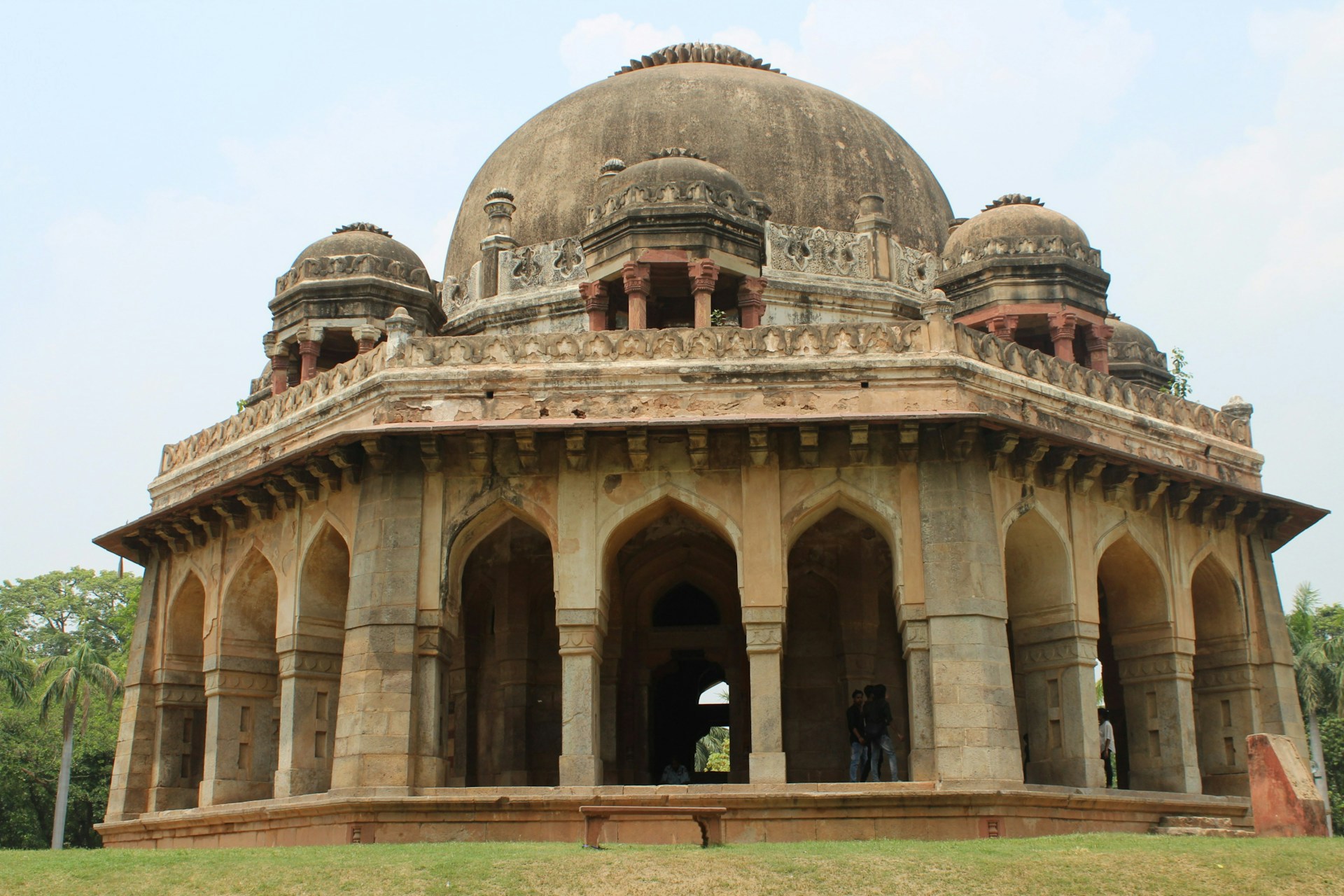
North of Damascus Gate a serene garden shelters a chamber long favored by some Protestants who preferred a skull shaped cliff nearby. Archaeological study dates the chamber’s plan to the Iron Age, centuries before Roman rule, and its benches do not match first century style. As a place of prayer it succeeds. As a historical candidate it falters. Sentiment alone cannot fill the centuries. The calm of the garden is real, but its stones speak an older language than the one the gospels describe.
What Evidence Can Do
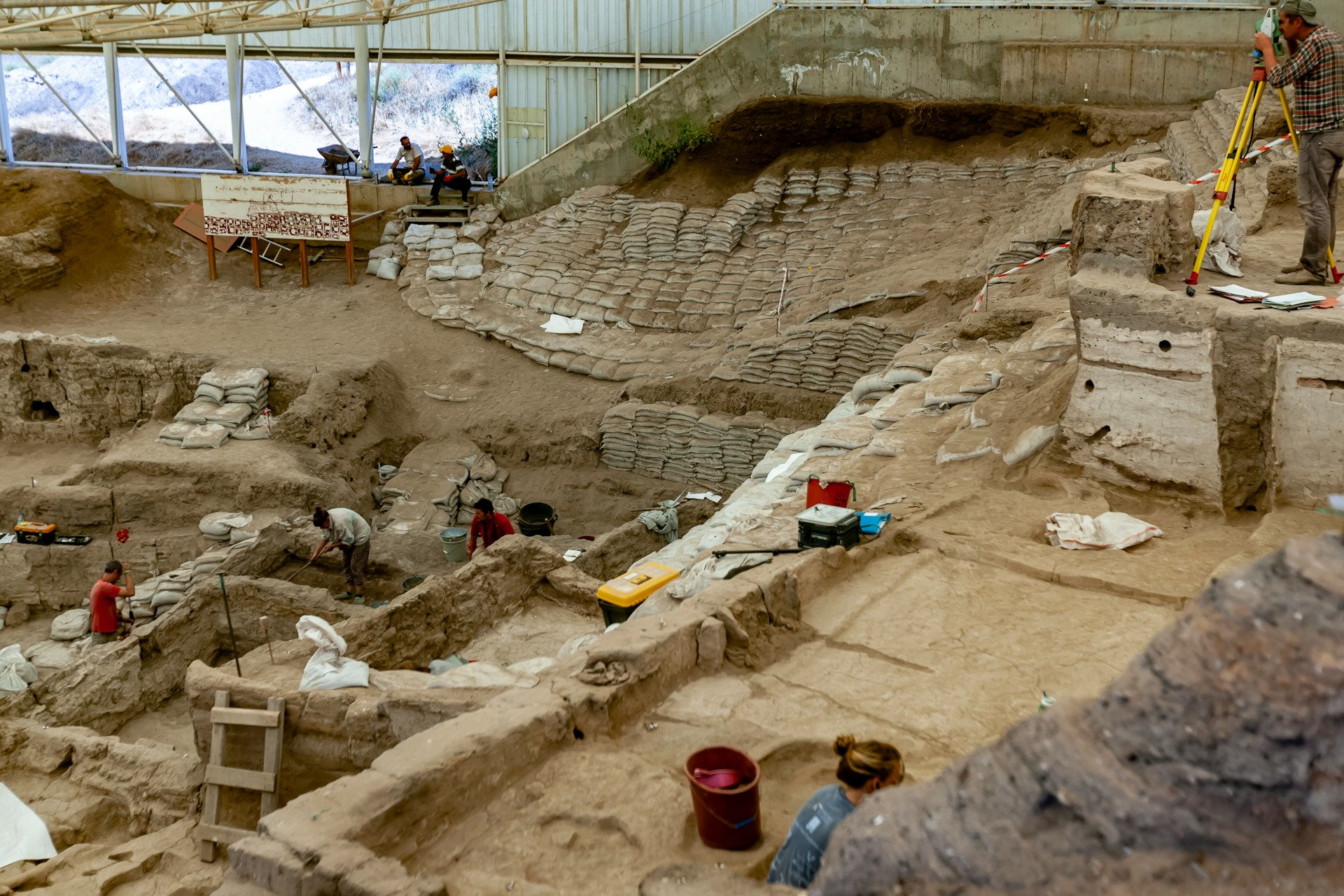
Archaeology narrows possibilities and checks claims against soil, masonry, and city plans. It cannot erase a 300 year gap between the crucifixion and Constantine’s dig. Inscriptions, early pilgrimage hints, and the cemetery context lift the Holy Sepulchre from legend to plausible site. Skeptics note how disaster and exile can blur memory. Believers answer that communities remember fiercely. Between those positions lives a careful yes maybe that good scholarship can carry without breaking faith or fact.
